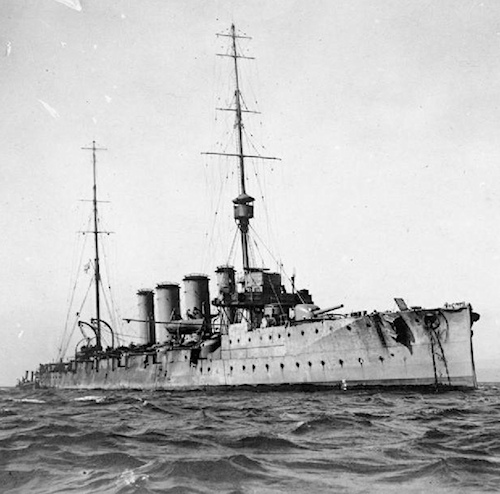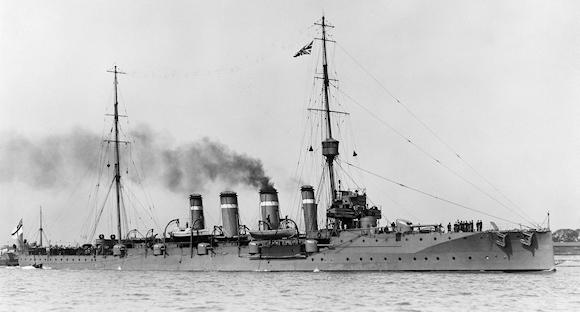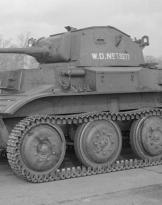THEHMS Glasgow (sixth ship of this name to serve in the Royal Navy) was a light cruiser of the Royal Navy active in the First World War. The Glasgow she was one of five ships of the subclass Bristol of the light cruisers of the class Town.
These ships were designed for the distant seas, and consequently had tasks to protect British traffic and strategic interests. Thus, they were characterized by high displacement, notable autonomy and good armament.
The cruiser Glasgow it was laid out and designed in March 1909. It was launched on 30 September 1909 and entered active service the following year. It is worth remembering that between the end of the XNUMXth century and the beginning of the XNUMXth century there was a heated naval rearmament taking place between London and Berlin. In fact, the considerable increase in the German fleet entailed the inexorable opposition of the United Kingdom, and Berlin would never have been able to compete in number of units with the Royal Navy's combat fleet. In this regard, Antonio Flamigni writes: “The eternal problem of how to contain British naval power was repeated outnumbered forces, the same problem France had faced for almost two centuries".1
Admiral von Tirpitz - Minister of the Imperial German Navy - therefore presented the "risk theory", with which he thought he could convince London to remain neutral in a possible future war. In fact, according to the Minister of the Navy, the German Empire did not need a combat fleet numerically equal to that of the Royal Navy. All that was needed was a fleet which, if faced in battle, could cause such damage to the British fleet as to put it in a position where it could no longer maintain dominion of the sea.2

In essence, London, given the state of things, would have sought rapprochement with Berlin instead of seeking a "clash" and thus risking dominance over the seas. However, the UK responded differently…
Il Glasgow in the first months of service he was part of the second battle squad of the Home Fleet. Later, he was sent to the seas of South America.
On 14 August 1914 (the First World War had just begun), the Royal Navy cruiser managed to capture the German merchant ship Saint Catharina.
Il Glasgow took part in the Battle of Coronel (1 November 1914). In that clash the Imperial German Navy achieved a clear victory against the Royal Navy (see article The cruisers battleships of the Imperial German Navy: the Scharnhorst). Later, the British cruiser took part in the Battle of the Falkland Islands (8 December 1914). In that battle the Royal Navy was able to achieve a major success.
On March 14, 1915, the Glasgow participated in the battle of Màs a Tierra (Chile).
Later, the Royal Navy cruiser carried out missions in the Atlantic and Mediterranean.
After the First World War, the Glasgow passed into disarmament. Subsequently, the cruiser became a training ship (1922-26) for stokers.
On 29 April 1927 the ship was scrapped in Morecambe (England).
The cruiser Glasgow it had a (normal) displacement of 4800 tons. Her dimensions were 131,1 (138,1 maximum) x 14,3 x 4,65 m. The engine system consisted of four-axis Parsons turbines, powered by 12 Yarrow boilers. Power 22000 HP.
The speed was 25 knots (46 km/h).
The armament consisted of 152 mm, 102 mm and 47 mm naval guns. In addition, it consisted of 450 mm torpedo tubes.
Armor: deck 19-51 mm, conning tower 152 mm.
The cruiser could count on a crew of 480 men (including officers).
1 A. Flamigni, Evolution of maritime power in history, HISTORICAL OFFICE OF THE NAVY, Rome, 2011, p.153
2 See ibid












